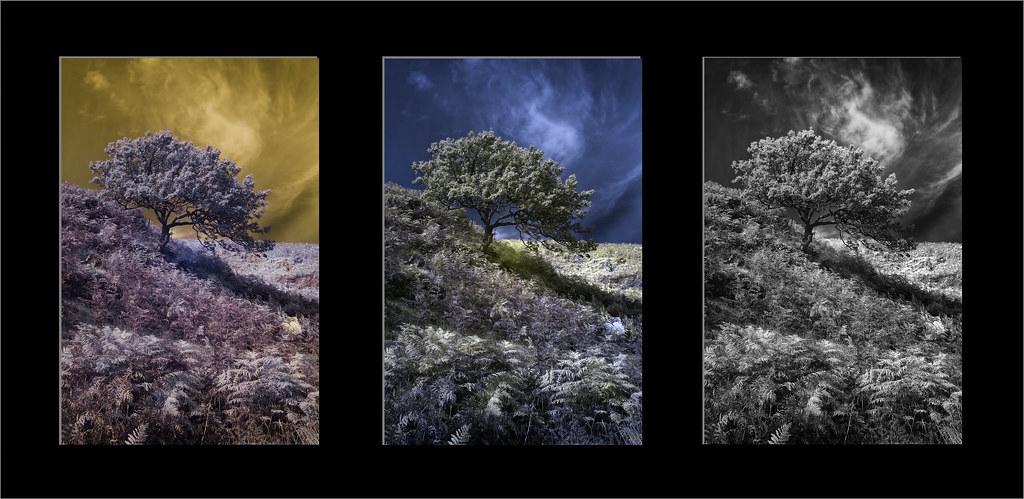I really like shooting in IR. One great thing about having an IR camers is that when the lights too harsh for your normal camera, it's perfect for IR.
I have had 3 IR cameras. The first two were converted SLR's, both at 830nm. However, wanting autofocus without using clunky Live View, I bought a converted mirrorless Sony Nex5N converted at 665nm. Contrast detection autofocus works really well on IR, better than on "normal" cameras, as ther is more contrast . Phase detection AF, as used in SLR's, doesn't work at all. I believe some recent mirrorless cameras also have phase detection AF; I would only ever convert a camera that uses contrast detection. Another advantage of mirrorless is that a lot of legacy lenses are better in IR than modern ones.
The Sony Nex5N , which is my current IR camera, has the same sensor as the Pentax K5, which I had at the time I bought the Sony. It is a great sensor for IR and pretty good for noise at higher ISO's (though I generally use it at ISO 200). It's converted at 665nm, giving strong colours. I also have 720nm and 830nm filters that I sometimes use, though rarely the 720nm one. If I bought another IR camera, I would probably get the same conversion or go for full spectrum.
Unlike with normal photography, I find it's very important to get the WB right in camera; there's no latitude for correcting it later if it's way off.
This shows an image at 665nm straight out of the camera, then after a red/blue channel swap with some additional tweaking, and finally, converted to mono.
 IR Tree Triptych III
IR Tree Triptych III by
Jon, on Flickr
More of my IR images at different wavelngths can be seen here
https://www.flickr.com/photos/aliengrove/albums/72157627607754599
On my website on the Links page there's some useful links if you are getting into IR
www.jonbowlesphotography.co.uk

 IR Tree Triptych III
IR Tree Triptych III